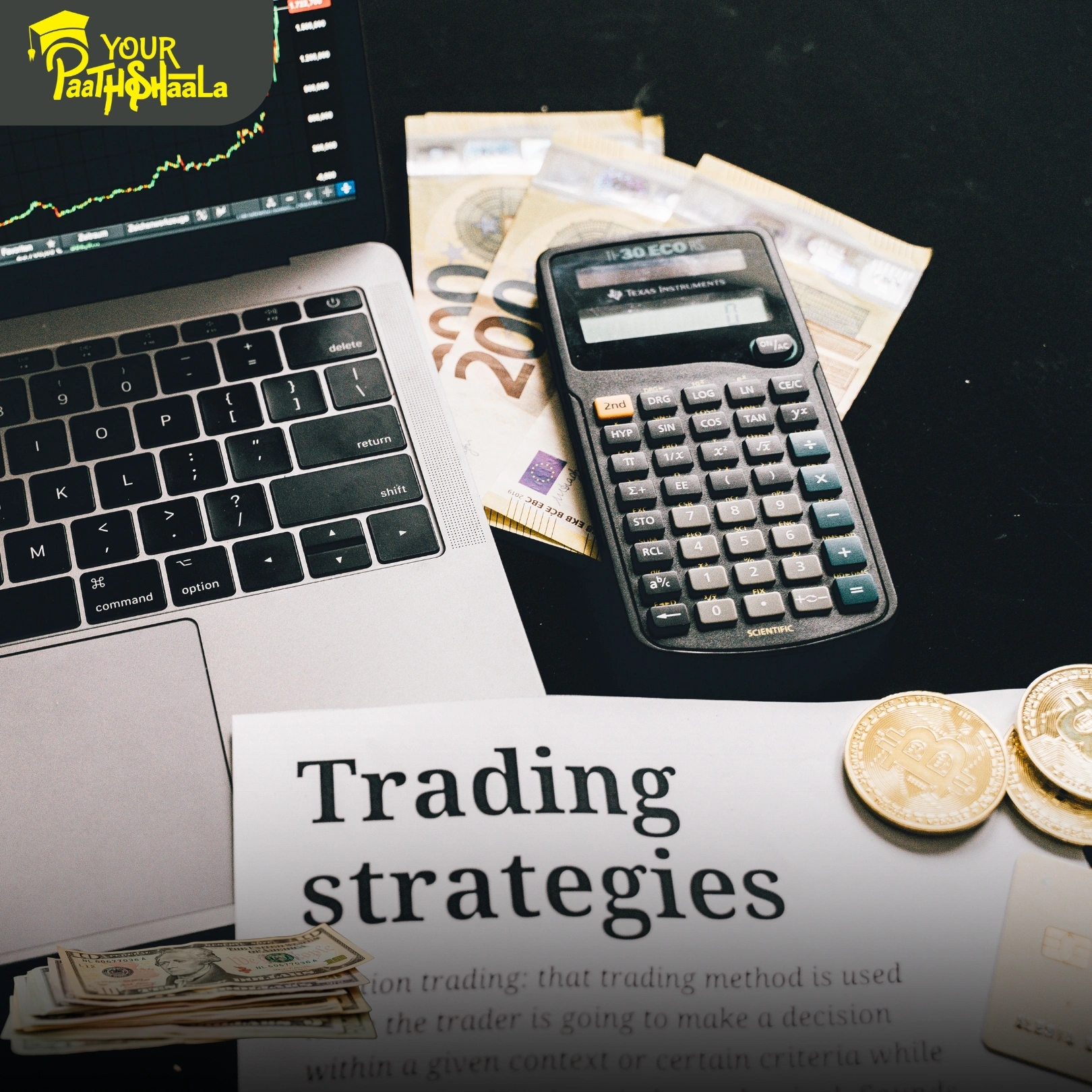Understanding Volumes in the Stock Market – How Volume Shapes Trends, Liquidity, and Trading Decisions
When you hear about the stock market, you’ll often see analysts and traders discussing not just price movements, but also “volume.” But what does volume really mean, and why is it so crucial for investors and traders? This comprehensive guide to Understanding Volumes in the Stock Market will help you decode one of the most important, yet often overlooked, market metrics. We’ll explore what volume is, how it’s measured, why it matters, and how you can use it to make smarter trading and investing decisions.
What Is Volume in the Stock Market?
At its core, Understanding Volumes in the Stock Market starts with a simple definition: volume is the total number of shares or contracts traded in a particular security or market during a given period. Every time a buyer and seller agree on a price and complete a trade, that transaction adds to the volume count. For example, if 400 shares of a company are bought and sold at 9:30 AM, the volume for that trade is 400-not 800, as some mistakenly believe. This process continues throughout the trading day, with cumulative volume providing a running tally of market activity6.
Volume is reported for various time frames-minute-by-minute, hourly, daily, weekly, or monthly. Most commonly, investors look at daily volume, which is the total number of shares traded from the market’s open to its close. Platforms and brokers display volume as vertical bars beneath price charts, giving a visual representation of trading activity over time36.
But why is Understanding Volumes in the Stock Market so important? Volume is more than just a statistic; it’s a window into the level of interest and participation in a stock. High volume means more people are actively trading, which leads to greater liquidity, tighter bid-ask spreads, and better order execution. Low volume, on the other hand, can signal disinterest, potential price volatility, and a higher risk of getting stuck in a trade without buyers or sellers28.
Why Volume Matters – Liquidity, Sentiment, and Market Trends
The next step in Understanding Volumes in the Stock Market is recognizing why volume is such a vital indicator. Volume reflects not just activity, but also conviction. When a stock moves significantly on high volume, it means many traders and investors are in agreement about the direction-whether buying or selling. This gives the move more credibility and staying power238.
1. Liquidity
Liquidity is the ease with which a stock can be bought or sold without affecting its price. High volume stocks are more liquid, meaning you can enter or exit positions quickly and at predictable prices. Low volume stocks can be illiquid, with wide bid-ask spreads and the risk of slippage.
2. Market Sentiment
Volume acts as a real-time sentiment indicator. High volume during a price rally suggests strong bullish conviction, while high volume during a decline signals bearish sentiment. Conversely, low volume during a price move may indicate a lack of conviction or a possible reversal28.
3. Trend Confirmation
A key principle in Understanding Volumes in the Stock Market is that volume should confirm price trends. Rising prices with increasing volume suggest a robust uptrend, while falling prices on heavy volume indicate strong selling pressure. If prices rise but volume is falling, the trend may be losing steam and could reverse soon38.
4. Breakouts and Reversals
Volume is crucial for confirming breakouts from support, resistance, or chart patterns. A breakout on high volume is more likely to be genuine, while one on low volume might be a “head fake.” Similarly, volume spikes can precede reversals, signaling that a trend is running out of steam37.
How to Analyze Volume – Tools and Practical Examples
Understanding Volumes in the Stock Market isn’t just about watching numbers; it’s about interpreting what those numbers mean in context. Here are some practical ways to analyze volume:
1. Price-Volume Relationship
Rising Price + Rising Volume: Strong uptrend, widespread buying interest.
Falling Price + Rising Volume: Strong downtrend, widespread selling pressure.
Rising Price + Falling Volume: Weakening trend, possible reversal ahead.
Falling Price + Falling Volume: Selling may be losing momentum.
2. Volume Spikes
Sudden, large increases in volume often precede major price moves or signal a shift in market sentiment. For example, a stock that’s been trading quietly suddenly sees a volume spike-this could mean news is breaking or large traders are entering the market.
3. Volume and Liquidity
Stocks with consistently high volume are generally more liquid, making them better candidates for active trading. Thinly traded stocks can be risky, as it may be hard to exit positions without moving the price.
4. Real-World Example
Consider a fictional stock, AlphaTech, which usually trades 500,000 shares a day. On the day it announces a breakthrough product, volume jumps to 2 million shares and the price surges 10%. This move, confirmed by high volume, is more likely to be sustained than a similar price move on average or below-average volume.
5. Volume During the Trading Day
Volume is typically highest at the market open and close, and lower during midday or before holidays. Traders often watch for volume surges at these times to spot new trends or reversals1.
Volume Indicators and Advanced Analysis
To deepen your Understanding Volumes in the Stock Market, technical analysts use specialized volume indicators to spot trends, confirm breakouts, and identify reversals:
1. On-Balance Volume (OBV)
OBV adds volume on up days and subtracts it on down days, creating a running total that helps gauge the strength of a trend. A rising OBV with rising prices confirms an uptrend; divergence can warn of reversals37.
2. Volume-Weighted Average Price (VWAP)
VWAP calculates the average price paid for a stock throughout the day, weighted by volume. It’s a benchmark for institutions and day traders; trading above VWAP indicates buying pressure, while trading below suggests selling pressure.
3. Accumulation/Distribution Line (A/D Line)
This indicator measures where the closing price falls within the day’s range, multiplied by volume. It helps distinguish between accumulation (buying) and distribution (selling).
4. Chaikin Money Flow (CMF)
CMF combines price and volume data to measure buying and selling pressure over time. Positive readings suggest buyers are in control; negative readings indicate sellers are dominating.
5. Volume Moving Average (VMA)
The VMA smooths out volume data over a set period, helping traders spot abnormal spikes or lulls in trading activity.
6. Volume Rate of Change (VROC)
VROC measures how quickly volume is changing. Sudden spikes can precede breakouts or major moves.
7. Tick Volume
Tick volume counts the number of price changes (ticks) as a proxy for actual trade volume, especially useful in markets where true volume data is delayed or unavailable1.
Using Volume for Smarter Trading and Investing
Understanding Volumes in the Stock Market is not just for day traders or technical analysts-it’s valuable for every investor. Here’s how you can use volume in your own strategy:
1. Confirming Breakouts
Don’t chase every price breakout. Look for confirmation with above-average volume to reduce the risk of falling for a false move.
2. Spotting Reversals
If a trend continues but volume starts to fade, it may be losing strength. Watch for volume spikes at key support or resistance levels as potential reversal signals.
3. Assessing Liquidity
Before trading a stock, check its average daily volume. Avoid stocks with very low volume, as they may be hard to buy or sell at a fair price.
4. Evaluating Market Sentiment
Volume surges often accompany news events, earnings releases, or major announcements. Use volume to gauge whether the market is truly excited or merely reacting to noise.
5. Blending Volume with Other Indicators
Combine volume analysis with price patterns, moving averages, and momentum indicators for a more complete view of the market.
6. Practical Tips
Always compare current volume to historical averages.
Use volume to validate or question price moves.
Remember that volume analysis is about context-no single day’s volume tells the whole story.
Conclusion
Volume is the heartbeat of the stock market. It tells you who’s participating, how strongly they believe in a price move, and whether a trend is likely to continue or reverse. By Understanding Volumes in the Stock Market, you gain a powerful edge-whether you’re a long-term investor looking for conviction behind a price rally, or a trader seeking to confirm breakouts and avoid false signals. Used wisely, volume analysis can help you make more informed, confident, and profitable decisions in any market environment.







